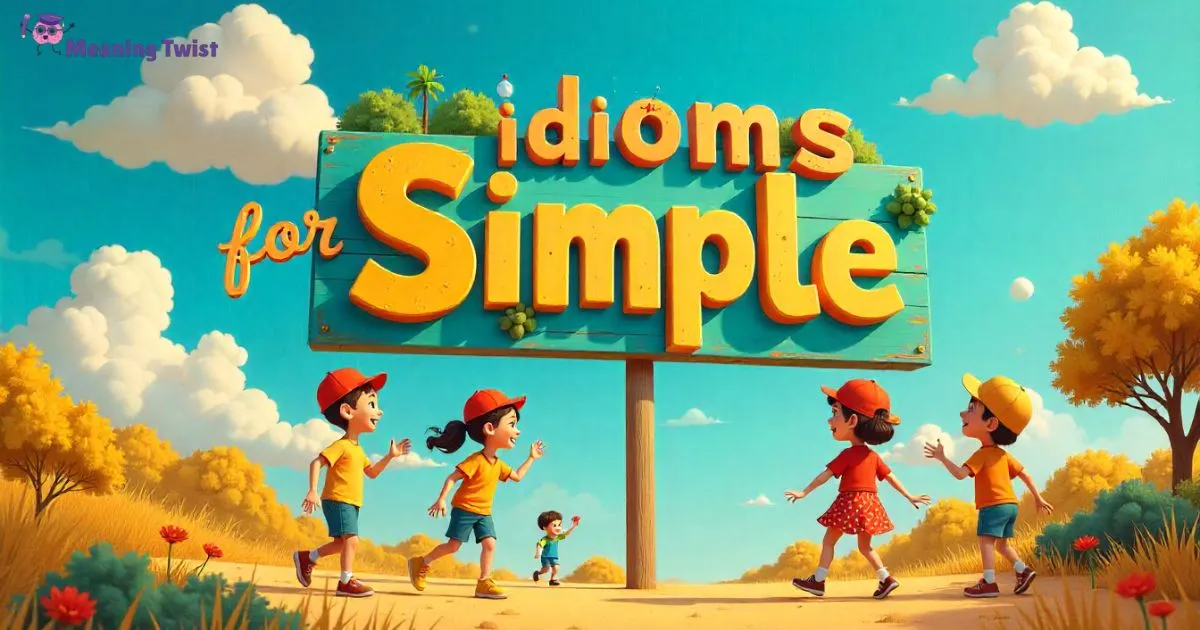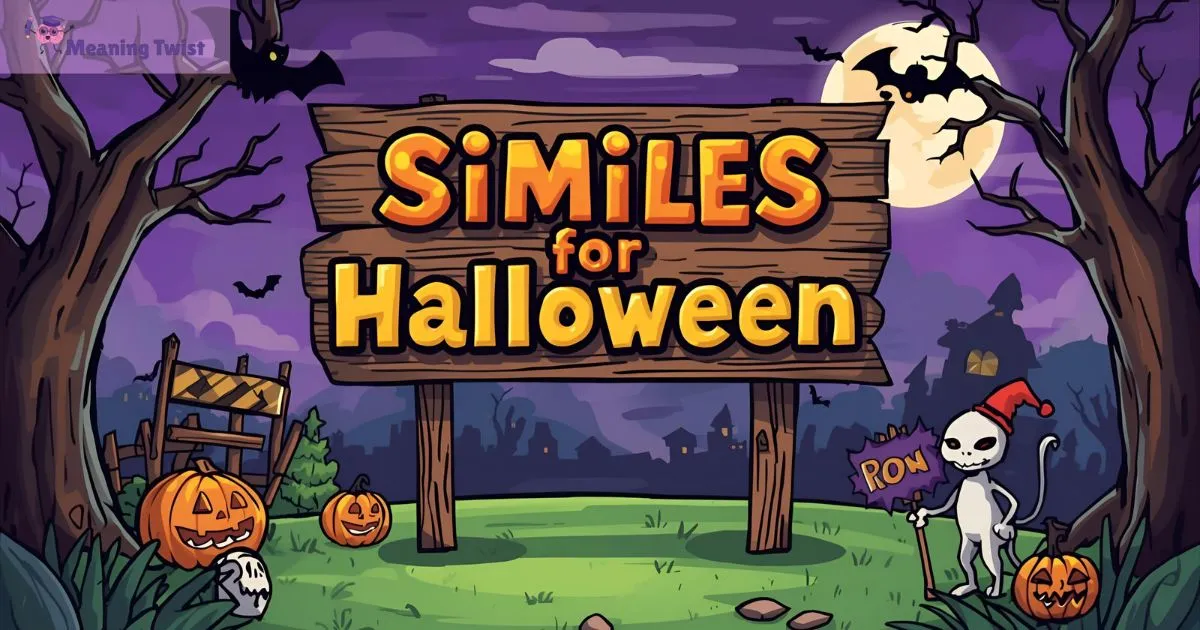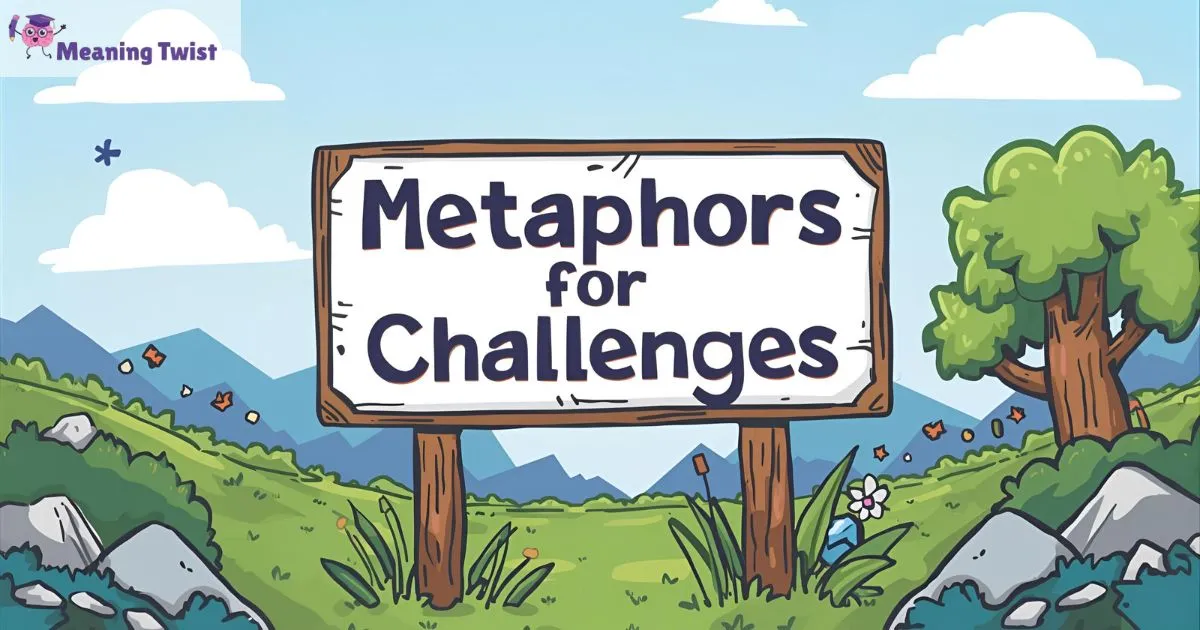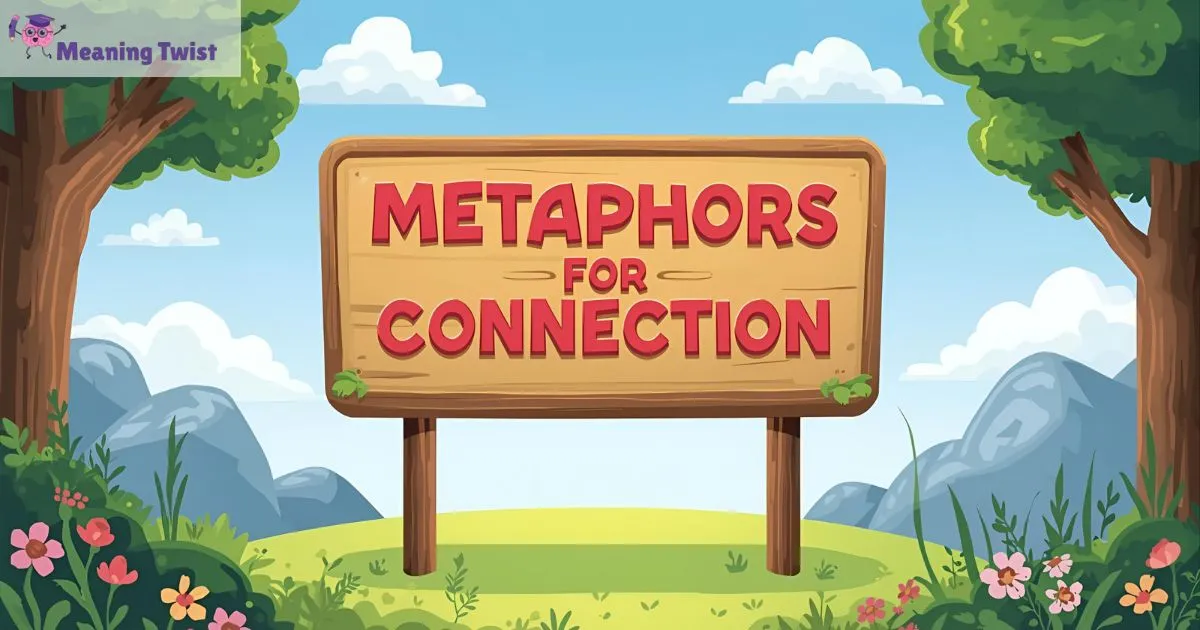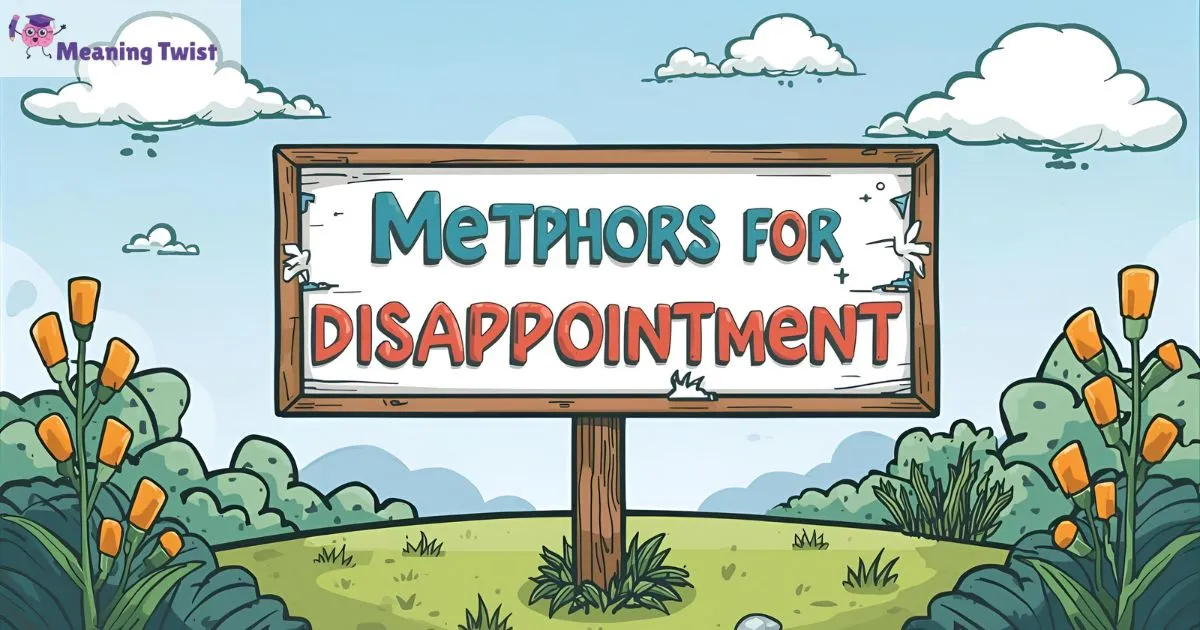
Sometimes, life moves slowly, and using idioms for slow can make your language colorful, vivid, and engaging. Instead of just saying “moving slowly” or “taking time,” expressions like “at a snail’s pace,” “drag one’s feet,” or “slow as molasses” capture the pace, delays, or patience required in a lively way.
These idioms help describe situations, people, or processes naturally, adding humor, relatability, and emphasis. They make your conversations or writing more human and memorable, letting readers or listeners feel the frustration or charm of slowness.
By using these idioms creatively, you can express impatience, caution, or leisurely pace, making your storytelling or speech fun, vivid, and full of personality.
1. At a Snail’s Pace
Meaning: Very slowly.
Scenario: Traffic, work, or progress.
Tip: Use to humorously exaggerate slowness.
Real-life Example: The traffic was moving at a snail’s pace during rush hour, making my usual 20-minute commute take nearly an hour.
2. Drag One’s Feet
Meaning: Delay or be slow in action.
Scenario: Work, tasks, or decision-making.
Tip: Use figuratively for procrastination.
Real-life Example: The student dragged his feet on submitting the assignment, waiting until the last possible moment despite knowing the consequences.
3. Slow as Molasses
Meaning: Extremely slow.
Scenario: Work, movement, or processes.
Tip: Use humorously to emphasize slowness.
Real-life Example: The old computer loaded the program slow as molasses, making me impatient while waiting for it to start.
4. Take One’s Time
Meaning: Do something slowly without rushing.
Scenario: Work, cooking, or careful actions.
Tip: Use to encourage patience.
Real-life Example: While painting the portrait, the artist took her time, ensuring every detail was perfect and true to life.
5. Inching Along
Meaning: Moving very slowly.
Scenario: Traffic, queues, or progress.
Tip: Use descriptively.
Real-life Example: During the long line at the amusement park, we were inching along, making small progress while chatting to pass the time.
6. Take It Slow
Meaning: Proceed carefully or gradually.
Scenario: Relationships, learning, or projects.
Tip: Use for advice or caution.
Real-life Example: When learning to surf, the instructor advised me to take it slow, focusing on balance before attempting bigger waves.
7. Go at One’s Own Pace
Meaning: Move or work at a comfortable speed.
Scenario: Learning, work, or personal routines.
Tip: Use positively to emphasize individual comfort.
Real-life Example: During the marathon, runners were encouraged to go at their own pace, ensuring everyone enjoyed the race without pressure.
8. Slowly but Surely
Meaning: Gradually, but with steady progress.
Scenario: Goals, work, or learning.
Tip: Use motivationally.
Real-life Example: Learning to play the guitar was challenging, but slowly but surely, I improved and could play my favorite songs.
9. Take the Scenic Route
Meaning: Go slowly, enjoying the surroundings.
Scenario: Travel, walks, or drives.
Tip: Use metaphorically or literally.
Real-life Example: Instead of rushing home, we took the scenic route, appreciating the beauty of the countryside and moving slowly.
10. Crawl Along
Meaning: Move very slowly.
Scenario: Traffic, walking, or processes.
Tip: Use descriptively.
Real-life Example: The line at the checkout was crawling along, testing the patience of everyone waiting with heavy shopping bags.
11. Slowpoke
Meaning: A person who is slow or late.
Scenario: Social events, work, or activities.
Tip: Use humorously.
Real-life Example: My little brother is such a slowpoke; we had to wait for him every morning before leaving for school.
12. Move at a Glacial Pace
Meaning: Extremely slow, almost frozen in progress.
Scenario: Bureaucracy, work, or waiting.
Tip: Use figuratively for exaggeration.
Real-life Example: The approval process at the government office moved at a glacial pace, requiring weeks for a simple permit.
13. Kill Time
Meaning: Spend time slowly while waiting.
Scenario: Waiting rooms, travel, or delays.
Tip: Use casually.
Real-life Example: I played games on my phone to kill time while waiting for the delayed flight.
14. Take Ages
Meaning: Take a very long time.
Scenario: Work, travel, or cooking.
Tip: Use informally for exaggeration.
Real-life Example: The pasta took ages to cook, making me hungry while I impatiently watched the pot.
15. Stick Around
Meaning: Stay in place for a while.
Scenario: Waiting, social events, or visits.
Tip: Use casually.
Real-life Example: I decided to stick around after the lecture to ask the professor a few questions and move at a slower, relaxed pace.
16. Lag Behind
Meaning: Fall behind in progress or speed.
Scenario: Work, studies, or sports.
Tip: Use descriptively to show someone or something is slower than others.
Real-life Example: During the team relay, I lagged behind at first, but with encouragement, I picked up my pace and caught up with my teammates.
17. Take One’s Sweet Time
Meaning: Move or act very slowly, without hurry.
Scenario: Leisure, work, or routines.
Tip: Use humorously or critically.
Real-life Example: She took her sweet time getting ready for the party, strolling around the room and carefully choosing her outfit while we waited impatiently.
18. Slow as a Turtle
Meaning: Extremely slow.
Scenario: Walking, work, or progress.
Tip: Use humorously to exaggerate slowness.
Real-life Example: The old delivery truck moved slow as a turtle, barely inching down the narrow street, frustrating other drivers.
19. Drag On
Meaning: Take longer than expected.
Scenario: Meetings, events, or processes.
Tip: Use descriptively for patience or boredom.
Real-life Example: The lecture dragged on for hours, making it hard to concentrate, as each topic seemed slower than the last.
20. Laggard
Meaning: A person who is slow or delayed.
Scenario: Work, sports, or school.
Tip: Use formally or humorously.
Real-life Example: He was a laggard in completing the assignments, but eventually submitted quality work, proving slow progress can still lead to success.
21. Move at a Turtle’s Pace
Meaning: Progress very slowly.
Scenario: Traffic, projects, or lines.
Tip: Use metaphorically or humorously.
Real-life Example: The new software update installed at a turtle’s pace, making employees impatient while waiting for it to finish.
22. Creep Along
Meaning: Move very slowly, almost imperceptibly.
Scenario: Traffic, time, or lines.
Tip: Use for descriptive imagery.
Real-life Example: During the parade, the floats crept along the street, giving spectators time to admire every detail slowly.
23. Slow Off the Mark
Meaning: Late to start or react.
Scenario: Work, sports, or opportunities.
Tip: Use figuratively to describe hesitation or delay.
Real-life Example: He was slow off the mark in responding to the job offer, but thankfully, the position was still available when he finally accepted.
24. Move Like a Sloth
Meaning: Move extremely slowly.
Scenario: Work, walking, or daily tasks.
Tip: Use humorously or descriptively.
Real-life Example: My cat moves like a sloth in the mornings, stretching and yawning slowly before finally hopping off the bed.
25. Slow Burner
Meaning: Something that develops slowly but effectively.
Scenario: Plans, projects, or stories.
Tip: Use positively or descriptively.
Real-life Example: The new marketing strategy was a slow burner, gradually increasing customer engagement over months instead of immediate results.
26. Take the Long Way
Meaning: Move slowly or indirectly.
Scenario: Travel, routines, or tasks.
Tip: Use metaphorically for leisure or caution.
Real-life Example: We decided to take the long way home, strolling through the park slowly and enjoying the sunset.
27. Slow as a Snail
Meaning: Extremely slow.
Scenario: Traffic, work, or processes.
Tip: Use humorously for exaggeration.
Real-life Example: The delivery service was slow as a snail, making it hard to wait patiently for our packages.
28. Slow Going
Meaning: Progressing slowly or with difficulty.
Scenario: Projects, learning, or recovery.
Tip: Use descriptively.
Real-life Example: Learning the new software was slow going at first, but consistent practice eventually made it easier.
29. Take the Time
Meaning: Spend time slowly, carefully, or deliberately.
Scenario: Work, learning, or personal care.
Tip: Use positively to emphasize mindfulness.
Real-life Example: I took the time to decorate the room carefully, ensuring every detail was perfect, enjoying each slow moment.
30. Slow as Ice
Meaning: Extremely slow.
Scenario: Movement, work, or processes.
Tip: Use metaphorically for dramatic effect.
Real-life Example: The frozen river melted slowly, moving slow as ice, a beautiful but painfully slow process to watch.
Key Insight about Idioms for Slow
1. Which idioms describe very slow movement?
Idioms like “slow as molasses,” “at a snail’s pace,” “slow as a turtle,” and “move like a sloth” exaggerate slowness humorously.
2. Which idioms refer to delays or procrastination?
“Drag one’s feet,” “slow off the mark,” and “lag behind” indicate slow action or delayed response.
3. Which idioms indicate slow but steady progress?
“Slowly but surely,” “inch by inch,” “slow burner,” and “take one’s time” emphasize gradual development or progress.
4. Which idioms can describe slow situations or processes?
“Drag on,” “slow going,” “crawl along,” and “move at a glacial pace” describe processes that feel prolonged or tedious.
5. How do idioms for slow enhance language?
They make descriptions of pace, patience, or delays more vivid, relatable, and entertaining, turning ordinary slowness into engaging storytelling moments.
Conclusion
Slowness is part of life, and using idioms for slow adds humor, vividness, and relatability to your language. From “at a snail’s pace” to “slow as ice,” these idioms capture movement, delays, and patience in expressive ways.
Incorporating them into your writing or conversations allows you to describe processes, people, or experiences creatively. They make your storytelling more dynamic, human, and memorable, turning

Hi, I am Joey, the admin of meaningtwist.com. I simplify deep meanings and twist ordinary words into extraordinary insights to spark your curiosity and clicks!


